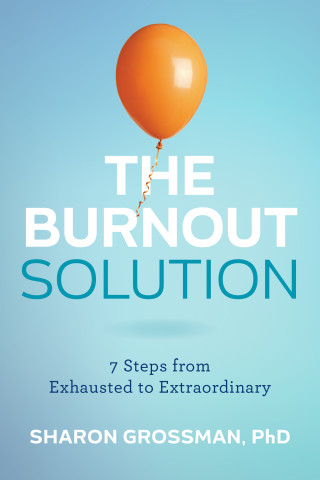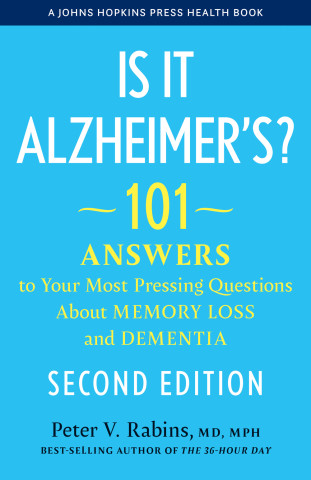
Reviews
Anyone treating patients or engaging in clinical research to develop new drug or psychosocial treatments should take a few hours to absorb, once again, the brilliance of Persuasion and Healing.
The third edition of this creative integration and critical analysis of the vast literature on psychotherapy stands as a new and authentic contribution.
Lucid, literate, and persuasive, Persuasion and Healing was a classic then, and remains one now.
Among the classics of psychiatric literature.
Book Details
Foreword
Preface
Acknowledgments
Part I: Psychotherapy in America Today
Chapter 1. What is Psychotherapy?
Chapter 2. The Historical Roots of Psychotherapy
Chapter 3. Cultural Definitions of Mental Illness
Foreword
Preface
Acknowledgments
Part I: Psychotherapy in America Today
Chapter 1. What is Psychotherapy?
Chapter 2. The Historical Roots of Psychotherapy
Chapter 3. Cultural Definitions of Mental Illness and Psychotherapy
Chapter 4. Who Receives Psychotherapy?
Chapter 5. Who Conducts Psychotherapy?
Chapter 6. What Are the Effects of Psychotherapy?
Chapter 7. Summary
Part II: A Conceptual Framework for Psychotherapy
Chapter 8. Mental Illness, Psychotherapy, and Interpersonal Stress
Chapter 9. The Assumptive World
Chapter 10. Demoralization: The Common Characteristic of Persons in Psychotherapy
Chapter 11. The Functions of Myth and Ritual
Chapter 12. Summary
Part III: Psychotherapy, the Transformation of Meanings
Chapter 13. Psychotherapy as Applied Behavioral Science
Chapter 14. Psychotherapy and Rhetoric
Chapter 15. Psychotherapy and Hermeneutics: The Patient as a Text
Chapter 16. Summary
Part IV: Religious Revivalism and Cults
Chapter 17. Revivalism in Cultural Context
Chapter 18. Conversion Experiences and Revival Meetings
Chapter 19. Cults
Chapter 20. The Effects of Cults and Revival Meetings
Chapter 21. Discussion and Summary
Part V: Religiomagical Healing
Chapter 22. Illnesses in Nonindustrialized Societies
Chapter 23. The Role of the Healer in Nonindustrialized Societies
Chapter 24. The Healing Ceremony in Nonindustrialized Societies
Chapter 25. Lourdes and Religious Healing in the Western World
Chapter 26. Other Forms of Nonmedical Healing
Chapter 27. Summary
Part VI: Mind and Body in Psychotherapy
Chapter 28. Drugs and Psychotherapy
Chapter 29. Psychological Effects of Bodily Injuries
Chapter 30. Psychological Implications of Chronic Illness
Chapter 31. Stressful Life Experiences, Temperament, and Family Environment in Physical Illness
Chapter 32. Mastery, Hope, and Psychotherapy in Physical Illness
Chapter 33. The Induction of Favorable Mental States through Bodily Manipulations and Exercises
Chapter 34. Summary
Part VII: The Placebo Response and the Role of Expectations in Medical and Psychological Treatment
Chapter 35. The Placebo Response
Chapter 36. Some Determinants of the Placebo Response
Chapter 37. The Placebo Response and Psychotherapy
Chapter 38. Psychotherapy and the Expectation of Help
Chapter 39. The Preparation of Patients for Psychotherapy: The Role-Induction Interview
Chapter 40. Summary
Part VIII: The Psychotherapist and the Patient
Chapter 41. The Sociocultural Status of Psychotherapists and Patients
Chapter 42. The Training of Psychotherapists
Chapter 43. Backgrounds and Personal Characteristics of Psychotherapists
Chapter 44. Personal Attributes of Patients
Chapter 45. The Therapeutic Dyad
Chapter 46. The Power Imbalance in the Therapeutic Encounter
Chapter 47. A Note on Telepathy and Psychotherapy
Chapter 48. Summary
Part IX: Evocative Individual Psychotherapies
Chapter 49. Introduction
Chapter 50. Classification of Psychotherapies
Chapter 51. Schools of Evocative Therapy
Chapter 52. Psychoanalysis and Psychodynamic Psychotherapies
Chapter 53. Evocative Therapies as Methods of Persuasion
Chapter 54. Summary
Part X: Directive Individual Psychotherapies
Chapter 55. An Overview of Cognitive and Behavior Therapy
Chapter 56. Cognitive Therapies
Chapter 57. Behavior Therapies
Chapter 58. Morale-building Effects of Cognitive and Behavior Therapies
Chapter 59. Emotional Arousal, Abreactive Therapy, and Posttraumatic Stress Syndromes
Chapter 60. Summary
Part XI: Group and Family Psychotherapies
Chapter 61. Classifying Group Therapies
Chapter 62. Encounter Groups
Chapter 63. Group Therapy
Chapter 64. Family Therapy
Chapter 65. Summary
Part XII: Psychotherapy in a Controlled Environment
Chapter 66. Social Breakdown Syndromes and Demoralization
Chapter 67. An Overview of Controlled Settings and Their Rationales
Chapter 68. The Traditional Mental Hospital
Chapter 69. Milieu Therapy
Chapter 70. From Therapeutic Community to Community Care
Chapter 71. Summary
Epilogue: Some Personal Reflections on the Intellectual History of This Book
References
Index



